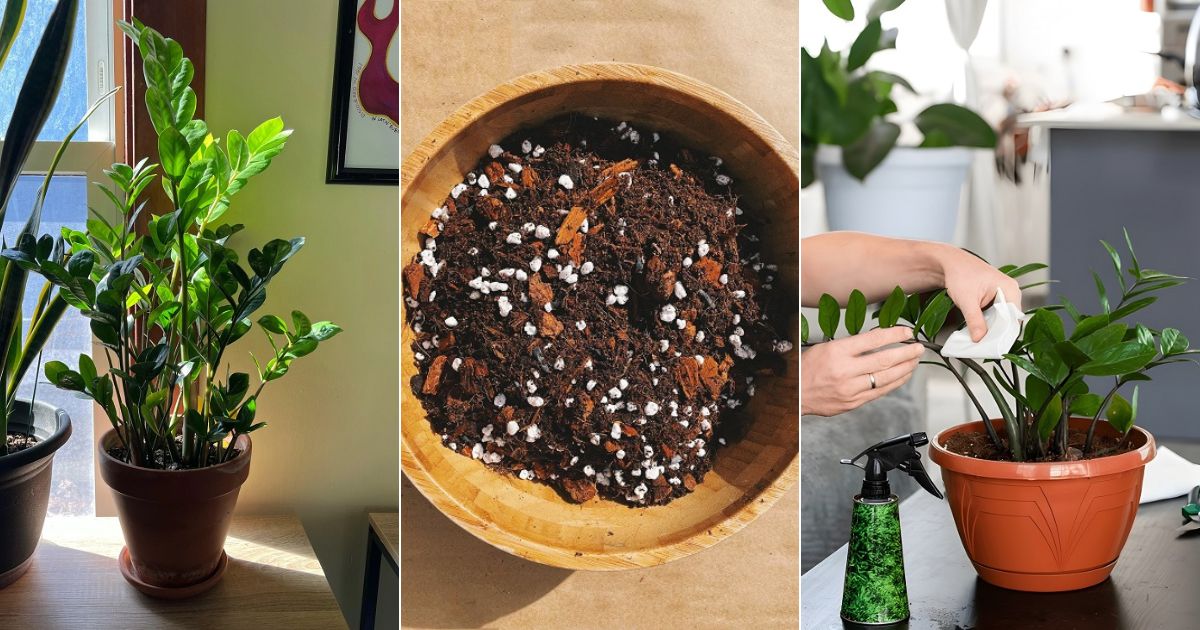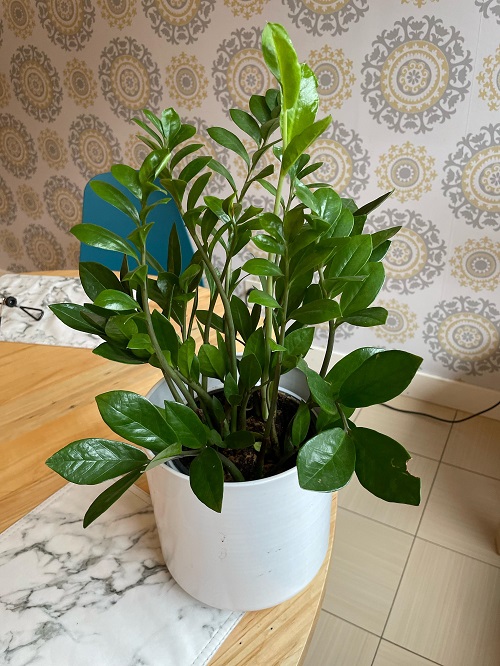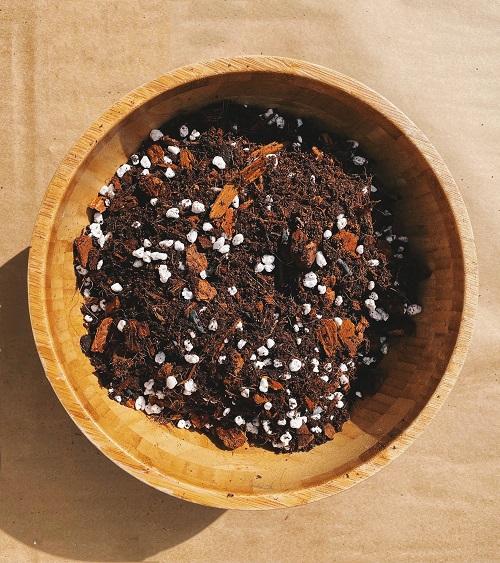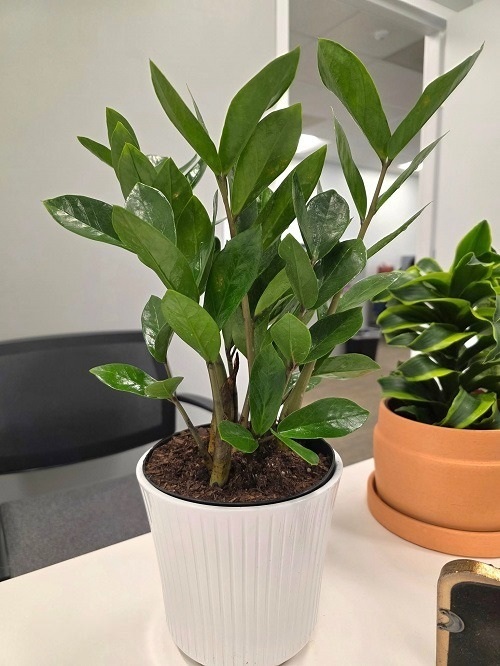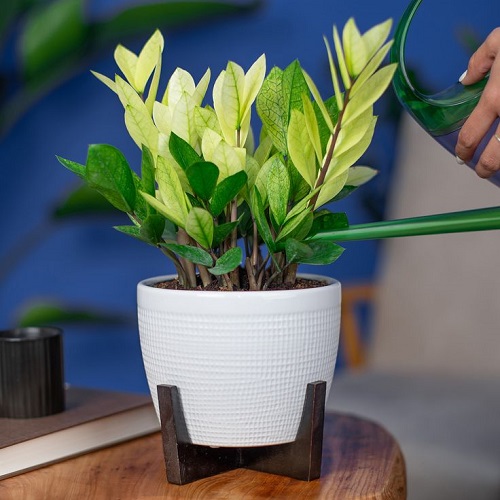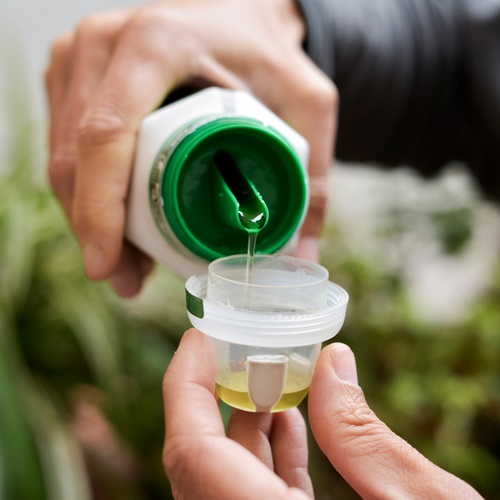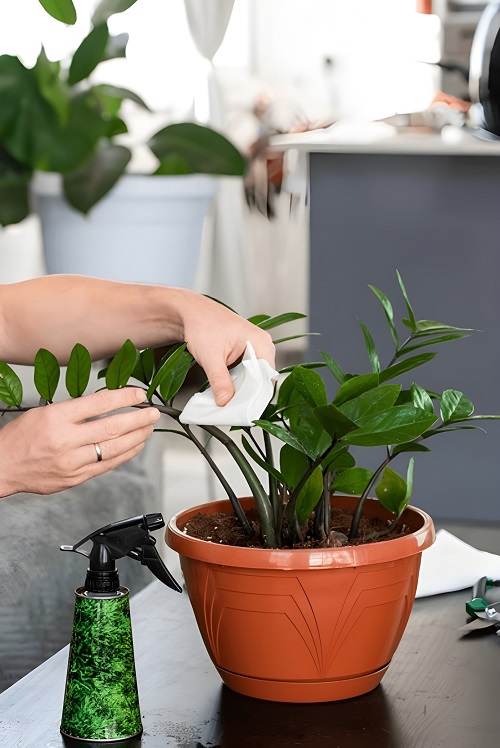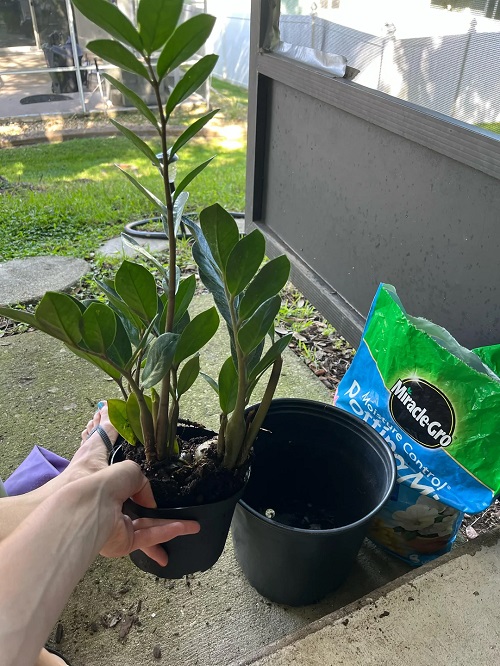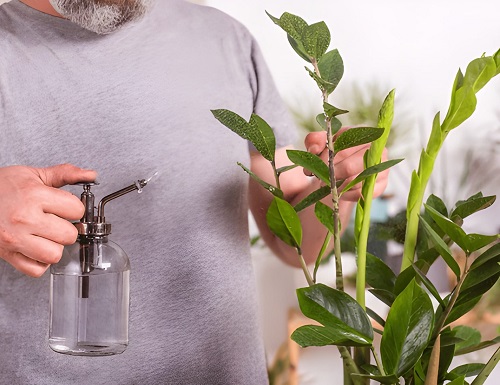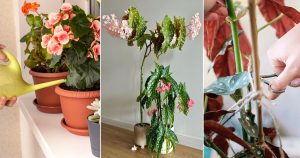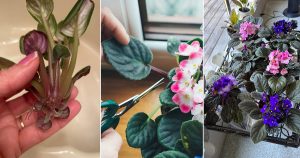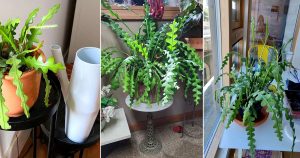Read about the Secrets to Make ZZ Plants Grow Faster Indoors with the easy tips and have a lush and healthy houseplant.
ZZ plants are low-maintenance and perfect for indoors, but they can grow slowly. With the right care, you can help them thrive faster. Simple steps like proper light, watering, and feeding can boost growth. Learn the secrets to making your ZZ plant healthier, fuller, and faster-growing indoors.
Secrets to Make ZZ Plants Grow Faster Indoors
1. Choose the Right Pot and Soil
The first step to faster ZZ plant growth is choosing the right pot and soil. ZZ plants prefer well-draining soil that allows excess water to flow out easily. A pot with drainage holes prevents root rot and keeps the roots healthy. Use a mix of regular potting soil and perlite or sand for better aeration. This setup helps the roots get enough oxygen, encouraging quicker growth.
2. Provide Bright, Indirect Light
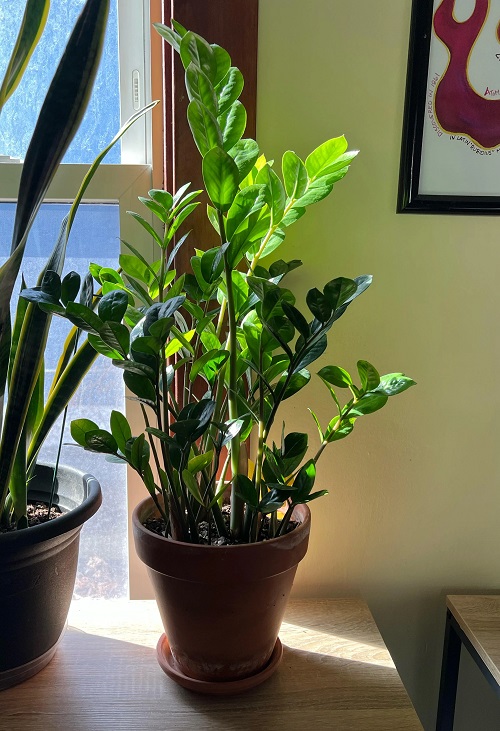
ZZ plants grow best in bright, indirect light. Medium light is ideal for keeping them healthy and looking good. While they can survive in low light, it’s not perfect. In dim areas, they grow slowly, with long, thin stems and smaller leaves.
Too much direct sunlight can burn their leaves, especially near hot windows. If your room gets strong sunlight from the south or west, place your ZZ plant at least 6 feet away from the window. Indirect light is best for them.
Turn the plant every couple of months to ensure all sides receive even light. In winter, you may need to move it to a brighter spot to help it stay happy.
3. Keep the Temperature Warm
ZZ plants come from tropical regions and prefer warm indoor temperatures. They grow best between 18°C to 26°C (65°F to 80°F). Avoid placing them near cold drafts, air conditioners, or heaters, as sudden temperature changes can stress the plant. A stable, warm environment helps the plant stay active and speeds up its growth cycle.
4. Water the Right Way
Your ZZ plant grows from thick, round rhizomes that store water. Its roots and stems also hold moisture, helping it survive long dry periods.
Because of this, watering too often can easily harm your plant. Like a Snake Plant, your ZZ can rot if it stays wet for too long. That’s why well-draining soil is so important—it lets extra water flow out and keeps the roots healthy.
You can water your ZZ every 2–3 weeks in summer and every 3–4 weeks in winter. This is just a guide, so adjust it based on your conditions. The pot size, soil type, location, and temperature in your home all affect how often it needs water. The brighter and warmer your space is, the more often you’ll need to water. In cooler, darker months, your ZZ can go longer without water.
5. Feed Your Plant Regularly
The best time to feed your ZZ plant is during its growing season, which is spring and summer. If you live in a mild climate, early fall is also fine. ZZ plants don’t need much fertilizer, but they do grow better when fed regularly.
You can fertilize your plant a few times during the growing months using any good indoor plant food. You might use a mix of granular and liquid fertilizers, but don’t use them together at the same time.
Be careful not to over-fertilize. Too much plant food can cause salt buildup, which burns the roots and leaves brown spots. Also, avoid feeding your plant when it’s stressed, like when the soil is completely dry or very wet.
Stop fertilizing in late fall and winter because your ZZ plant rests during this time and won’t use the extra nutrients.
6. Clean and Prune the Leaves
Dust can block light from reaching your ZZ plant’s leaves, which can slow photosynthesis. Wipe the leaves gently with a damp cloth every few weeks to keep them clean and shiny. If you see yellow or damaged leaves, trim them off to direct energy toward healthy growth. Regular cleaning and pruning help your ZZ plant look vibrant and grow more quickly.
7. Repot Every Two to Three Years
When a ZZ plant becomes root-bound, it slows down its growth. Repotting every two to three years gives it more space to spread its roots. Choose a pot that’s one size larger and replace the old soil with fresh mix. Repotting in spring or early summer helps the plant adjust easily and grow new shoots faster.
8. Maintain Proper Humidity
ZZ plants come from tropical regions, but they adapt well to indoor conditions, even if your home has dry air and low humidity.
Your plant may get a few small brown tips in dry weather, but don’t worry—ZZ plants handle low humidity very well. They do prefer more moisture in the air, though.
You can mist the leaves once in a while to add a bit of humidity. Use a small, easy-to-hold mister that gives a light, even spray. You can also place your ZZ plant outside in the rain a few times a year. It helps clean the leaves and gives them a nice moisture boost.
9. Keep Pests Away
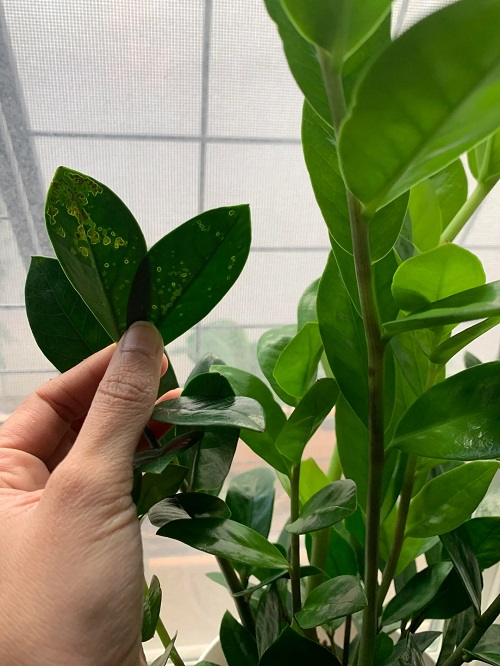
Pests like spider mites and mealybugs can weaken your ZZ plant and slow its growth. Check the undersides of the leaves regularly and wipe them clean. If you spot any pests, use a mild insecticidal soap or neem oil solution. A pest-free plant uses its energy for new shoots and leaves instead of recovery.

